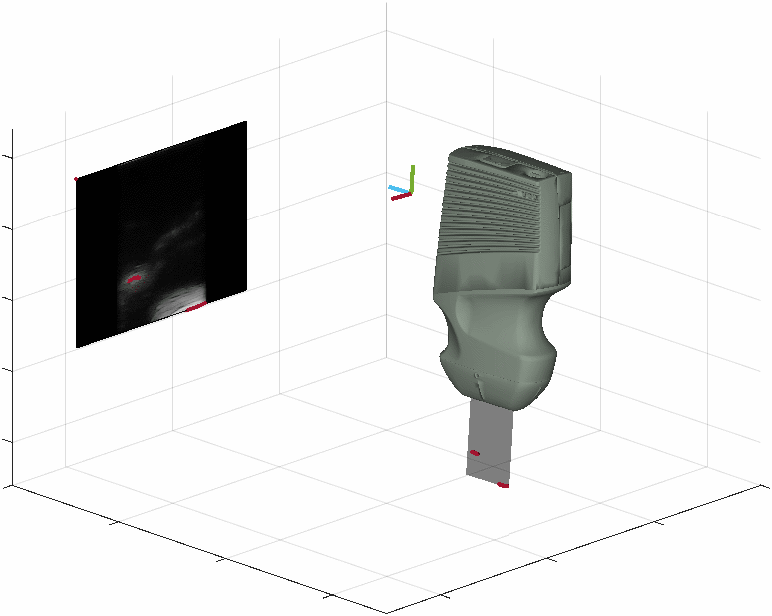
Contact information
Research groups
Colleges



Stephen Mellon
BSc (Hons) and PhD Biomedical Engineering
Associate Professor Orthopaedic Biomechanics
At the Oxford Orthopaedic Engineering Centre (OOEC), Dr Stephen Mellon conducts translational research in orthopaedic biomechanics, with a focus on joint replacement outcomes, implant design, and dynamic joint assessment. Working closely with Professor David Murray, his research investigates patient- and surgery-related factors that influence outcomes following knee and hip arthroplasty. He has particular expertise in radiostereometric analysis (RSA) and is involved in RSA-based studies evaluating implant fixation and long-term performance.
Stephen leads the development of CAT&MAUS (Computer-Aided Tracking and Motion Analysis with Ultrasound), a novel system designed to assess 3D joint motion using standard ultrasound imaging. In collaboration with Dr Jack Tu, CAT&MAUS is being developed and validated for clinical use, with the potential to transform how joint kinematics are evaluated in routine orthopaedic practice. This work has been supported by Versus Arthritis and internal translational funding schemes at Oxford, including the EPSRC Impact Acceleration Account and the Medical and Life Sciences Translational Fund (MLSTF).
Stephen also collaborates with Professor Maurice Fallon at the Oxford Robotics Institute, where they are exploring new approaches to navigated orthopaedic surgery, including infrastructure-free tracking systems that leverage computer vision. His broader research interests include the application of artificial intelligence to medical imaging and clinical decision support, with a focus on explainability and real-world deployment in orthopaedics.
Along with Professor Amy Zavatsky, Stephen supervises students from the Podium Institute for Sports Medicine and Technology, particularly in areas related to biomechanics, imaging, and motion analysis.
Stephen teaches Biomechanics on the MSc in Musculoskeletal Sciences and is a Stipendiary Lecturer in Engineering Science at Lady Margaret

